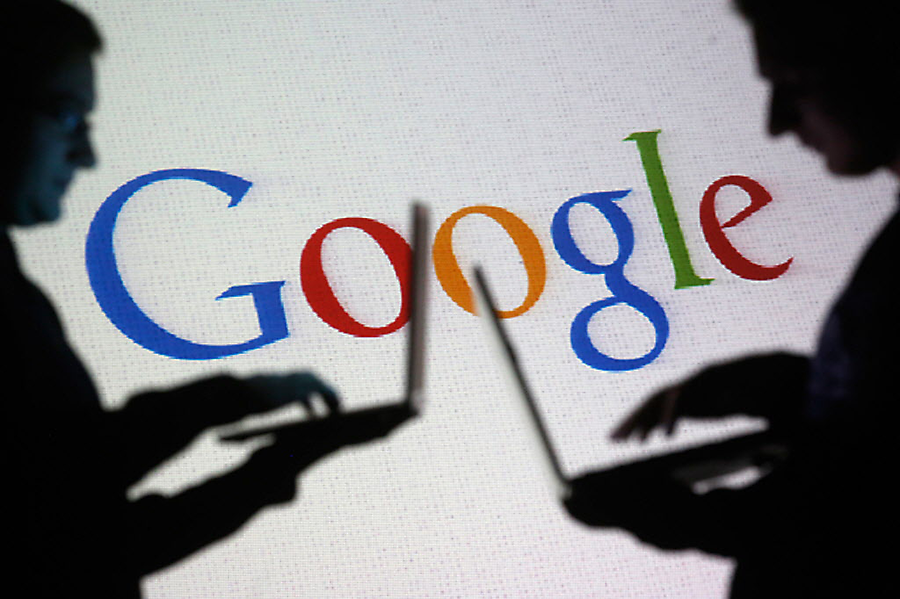Wheelchair accessible? Just ask Google Maps
Loading...
Google is relying on crowdsourcing to make the world more wheelchair-friendly.
The search giant has launched a new feature through Google Maps that lists whether a location is wheelchair-accessible. Available only in the US to start, the feature relies on users to answer questions about the accessibility of a place they visit.
The new feature could impact millions of people in the United States. There are 2.2 million people in the US who depend on a wheelchair, according to The Centers for Disease Control and Prevention. But the information could also assist users who rely on walkers, canes, or crutches, of which there are another 6.5 million people in the US, as well as mothers with strollers.
The US has become increasingly more accessible since President George H.W. Bush signed the Americans with Disabilities Act (ADA) more than 25 years ago. But cyberspace hasn’t always kept up with this progress. The team at Google that worked on this feature hopes to change that.
“Accessibility at Google is a big deal,” Rio Akasaka, the project manager for the accessibility feature, told Business Insider. “But it’s often facilitated by whether or not there’s a legal requirement, or some sort of requirement we need to adhere to.”
In this case, Mr. Akasaka took it upon himself to start the project. Under a Google policy that allows an employee to spend 20 percent of their time working on a project unrelated to their main job, Akasaka and between five and 10 other Google employees dedicated themselves to introducing accessibility guidelines, according to Business Insider. Other projects that started under this rule include Google News, Gmail, and AdSense, according to Quartz.
“Local Guides” – users who answer questions in exchange for early access to new Google features – reported the wheelchair accessibility of places they visited. After collecting data over this past year, Google recently launched the feature.
A place’s wheelchair-accessibility is displayed as an amenity in Google Maps. The map tool already displays information about a place’s address, operating hours, how busy it is, and user reviews. Because the feature relies on user-submitted data, not every place has its accessibility listed in the Google Maps app. But the list is growing.
The ADA, signed into law in 1990, requires new buildings to have wheelchair access. But the requirements for structures built prior to the act’s signing are less strict, according to TechCrunch.
The new Google feature also marks progress for extending accessibility to cyberspace, something that hasn’t always been consistent in the past. A 2012 study indicates that most public library websites did not comply with accessibility standards required of government-funded institutions, as The Christian Science Monitor noted in 2014.
Among commercial websites, fewer than five percent of online shopping sites meet the needs of people with disabilities, Brian Landrigan, the head of sales and marketing for The Paciello Group, which specializes in software accessibility, told the Monitor.
Public pressure has forced other technology companies to improve their accessibility. After Uber and Lyft faced allegations that they discriminated against people with disabilities, Uber expanded the number of cities in which it offers services to people with all wheelchair types, from folding wheelchairs to motorized ones.
Whether it’s through complaints or the initiative of people like Akasaka, technological innovations have “triggered a sea change” for accessibility, as the Monitor reported in 2014:
Mainstream innovations such as Siri double as assistive technologies, while robotics, bionics, and 3-D printers have revolutionized the design and manufacture of prostheses. And mobile phones and tablets have opened an entirely new field: apps. An ever-growing list of applications ranges from hearing aids to maps for people with low vision to communications methods for children diagnosed with autism.







